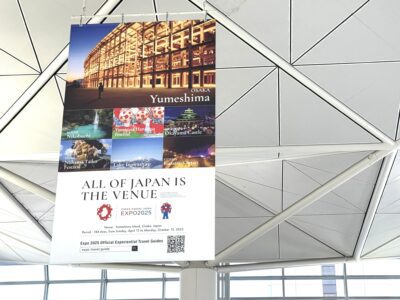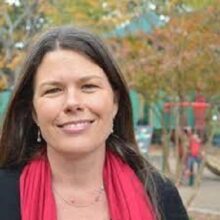|
|
This week, eight students from public high schools across North Carolina are visiting Nagoya University in Japan to present their scientific research as part of the International Science Challenge, which is led by the North Carolina Science, Mathematics, and Technology Education Center (SMT Center) and the Morehead Planetarium and Science Center.

When they arrived on campus, the students had an opportunity to talk with the president of the university, Naoshi Sugiyama, who strives for the university to “serve as a venue that brings together ambitious researchers from throughout Japan and abroad, to create innovations that have the potential to change the world.”
Nagoya University is a comprehensive research university with nine schools and 13 graduate schools that serve 15,843 students, including 9,509 undergraduates and 2,640 international students. Six of the faculty and alumni have received the Nobel Prize.
The president opened his remarks with the students by talking about the scope of the trip. After presenting their scientific research at the university, the students will be visiting the World’s Fair, called Expo 2025, and also spending time in Kyoto. The president called Kyoto the root of Japanese culture.
“You will visit the cutting edge of Japan at the Expo and touch the origin of Japan in Kyoto,” he said.
According to the Economic Development Partnership of North Carolina (EDPNC), “Japan leads all countries in capital investment (74 firms investing nearly $20 billion) and new jobs created (10,710 since 2014) in North Carolina.”
For more than 40 years, Nagoya University and N.C. State University have partnered, including research on coastal city resilience and AI in food security. UNC-Chapel Hill is more recently building a relationship with the university, as it positions itself to be a “go-to partner for Japan.”
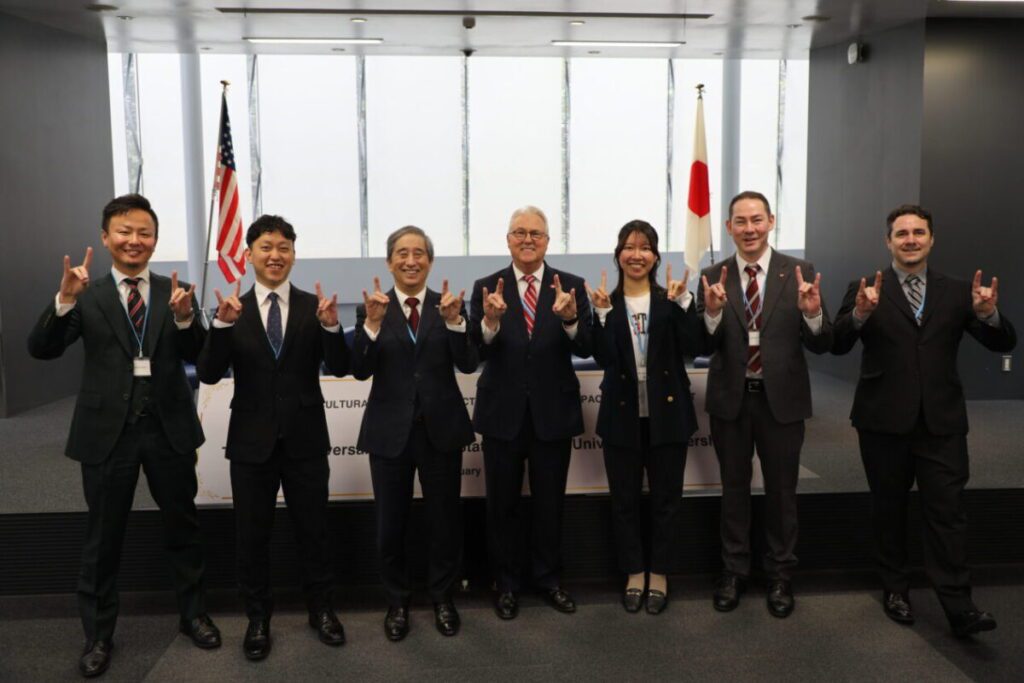
NU Tech — a technology partnership of Nagoya University — has a presence in Research Triangle Park. NU Tech promotes technology transfer and research collaboration with partners in the United States, focusing on life science and biotechnology, according to its website.
“Students really are our future leaders,” President Sugiyama said, noting to ours that he hopes they will go on to “extend the horizon of knowledge.”
Meet the students
All of the students’ research focuses on how to help us live healthier lives on a healthier planet.
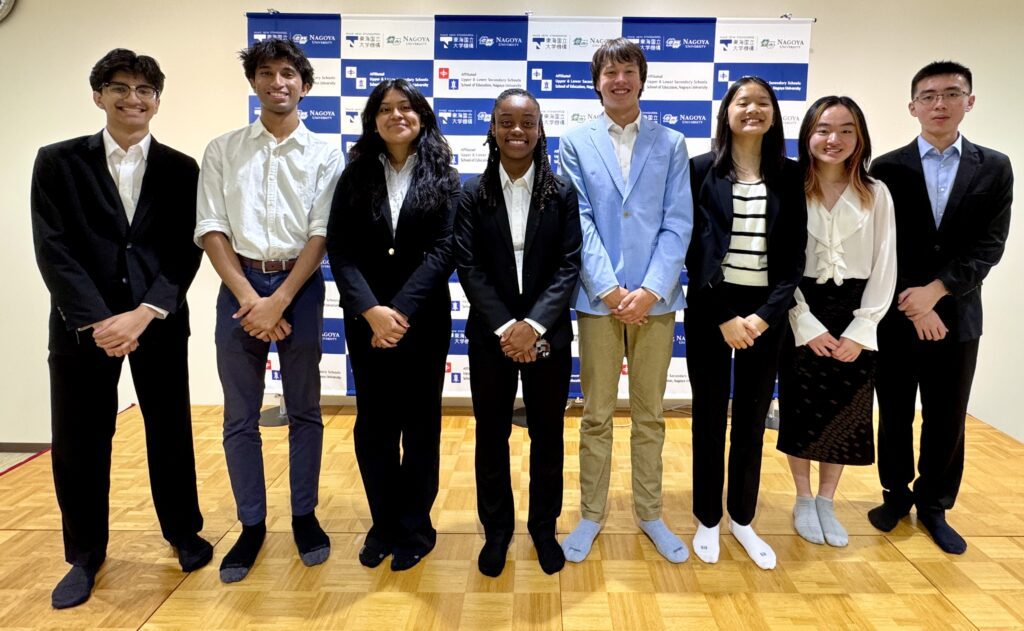
Kyra Gustus’s research focused on more sustainably creating benzoin, which contains compounds used in mental health medications.
“Mental health is a growing issue in our generation today that we are trying to solve,” she said.
“This research was so important and interesting to me because it would help preserve the environment and the mind, hearts, and bodies of the people on this earth,” Gustus said in her presentation.
Nikhil Vemuri designed a system to mitigate nitrous oxide emissions in agriculture — which contribute to global warming and ozone depletion — to improve our environment.
Using cameras on satellites, Vemuri sent images of fields to a computer, which analyzed them using math and AI to predict hotspots on farms.
Venmuri also drove across North Carolina to seven farms, gathering more than 1,200 soil samples. His soil samples helped confirm that the system he designed to predict hotspots was accurate.
ANOMaLY, which is the name he gave to his system, stands for agricultural nitrous oxide mitigation at large yields.
Vemuri said farming accounts for 70% of nitrous oxide emissions worldwide, and his research could help farmers proactively reduce this greenhouse gas in their farming.
Joshua Chen, Cary, senior at Panther Creek High School in the Wake County Public School System | Exploring NOL4 as a Novel Biomarker in Neuroendocrine Prostate Cancer Using Single-Cell RNA Sequencing
Chen’s research seeks better ways to diagnose, monitor, and treat the most lethal and aggressive form of prostate cancer.
Kyra Gustus, Fuquay-Varina, Wake Young Women’s Leadership Academy in the Wake County Public School System, attending Howard University | Engineering the E1 subunit of alpha-ketoglutarate dehydrogenase complex (SucA) for benzoin synthesis
Nihar Kummetha, Concord, NC School of Science and Mathematics, attending the University of Pennsylvania | Discovery of Aza-stilbene as a Scaffold for a Histamine Receptor H2 Antagonist for the Treatment of Gastroesophageal Reflux Disease
Kummetha’s research created a potential new medication for acid reflux he predicts will not cause cancer or mental health issues.

Khloe Le, Wilmington, senior at Isaac Bear Early College in the New Hanover County Schools | Enhancing Drug Delivery Systems: Conjugation of Nanobodies to Solid Lipid Nanoparticles
Le’s research seeks to improve drug delivery to help the 3.4 billion people worldwide living with one of 5,600 neurological disorders and brain diseases.
Arianna Lee, Greenville, NC School of Science and Mathematics, attending Georgia Tech | Assessing the Mechanical Properties and Morphology of Biomimetic Nanofiber Hydrogel Composites for Articular Cartilage Scaffolds
Lee’s research seeks to prolong the functioning of cartilage in human joints given increasing life expectancies.
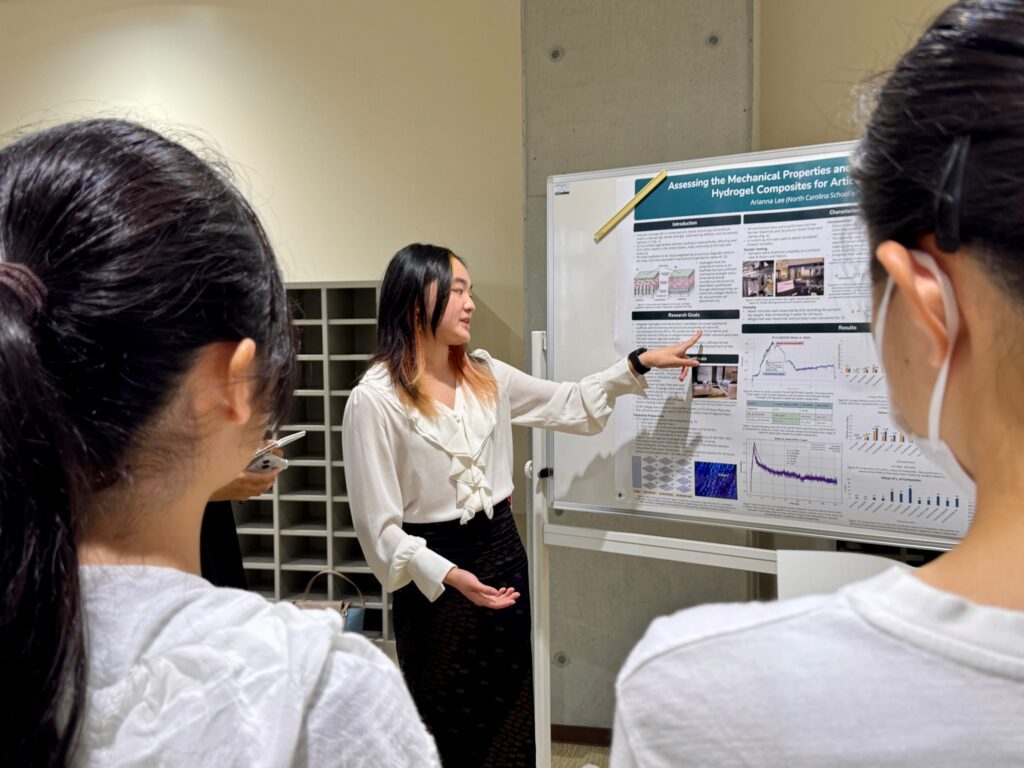
Lizbeth Luna-Lopez, Durham, City of Medicine Academy in the Durham Public Schools, attending Harvard University | Adapting Green Solid-Phase Peptide Synthesis Procedures Using HBTU as the Coupling Reagent
Luna-Lopez’s research seeks to make drug delivery more sustainable for the environment. Read more about Luna-Lopez in this story published by NC State.
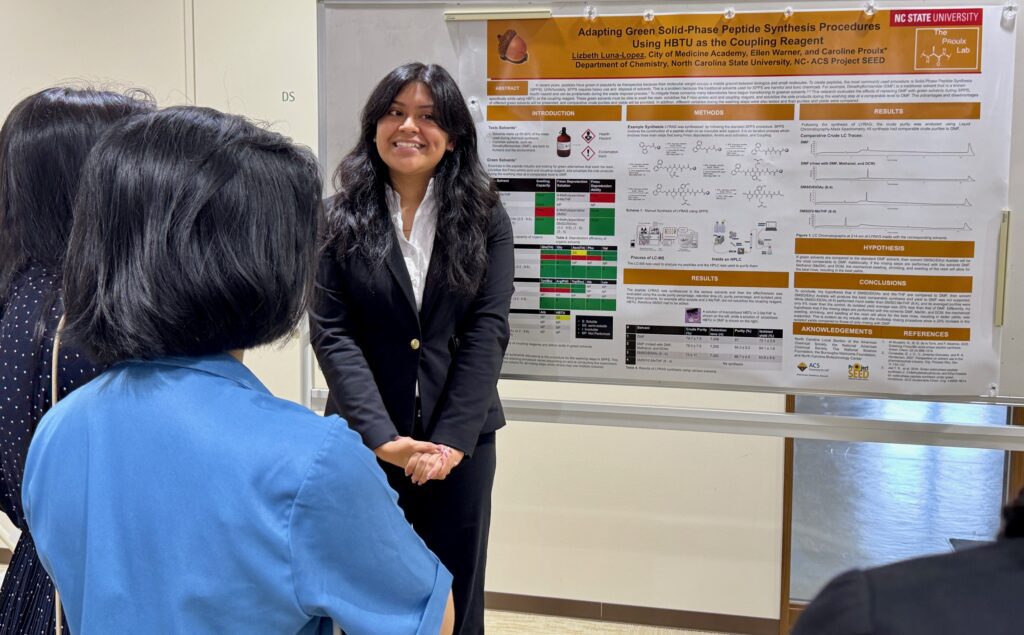
Luke Malta, Mount Holly, NC School of Science and Mathematics, attending UNC-Chapel Hill | Design, Synthesis, and Testing of a Chalcone-Based, CD-4 mimetic HIV-1 Attachment Inhibitor
Malta’s research seeks to design a drug that stops HIV from binding to human cells.
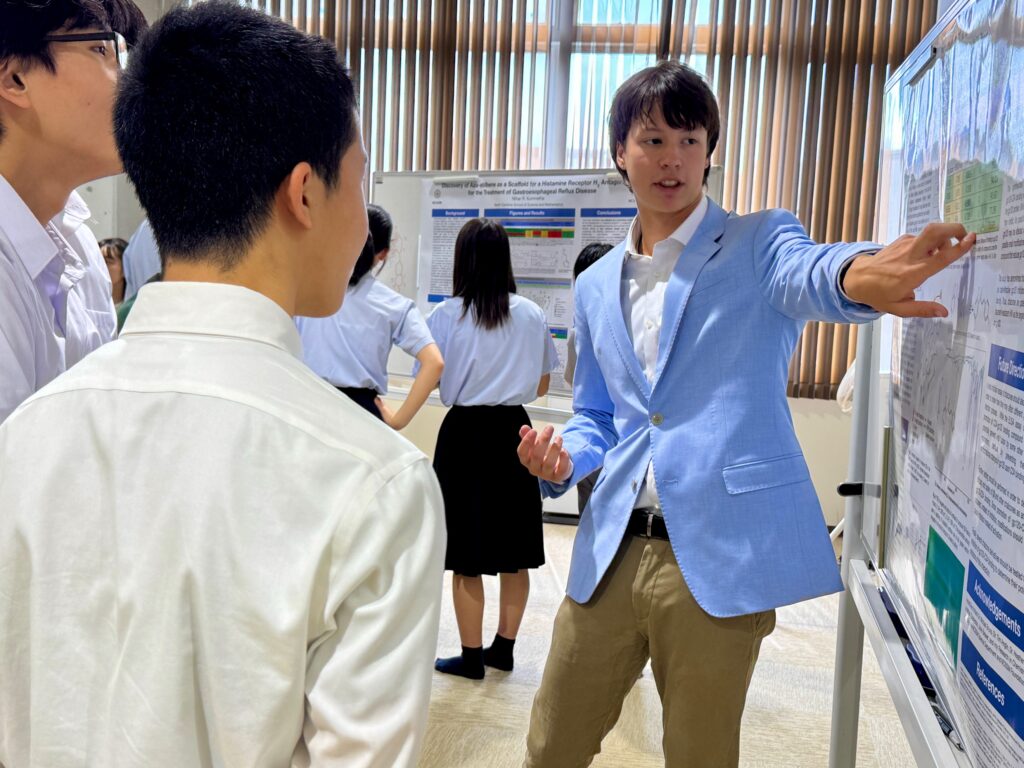
Nikhil Vemuri, Cary, NC School of Science and Mathematics, attending MIT | ANOMaLY: A real-time and globalized system for effective regional mitigation of agricultural nitrous oxide emissions
Learning about Nagoya and Japan
At Nagoya University, the students attended a lecture on the cultural significance of mascots, tried on traditional summer dress, ate meals in the university cafeteria, enjoyed a tea ceremony, visited a Super Science High School affiliated with the university, and explored the city with newfound friends.
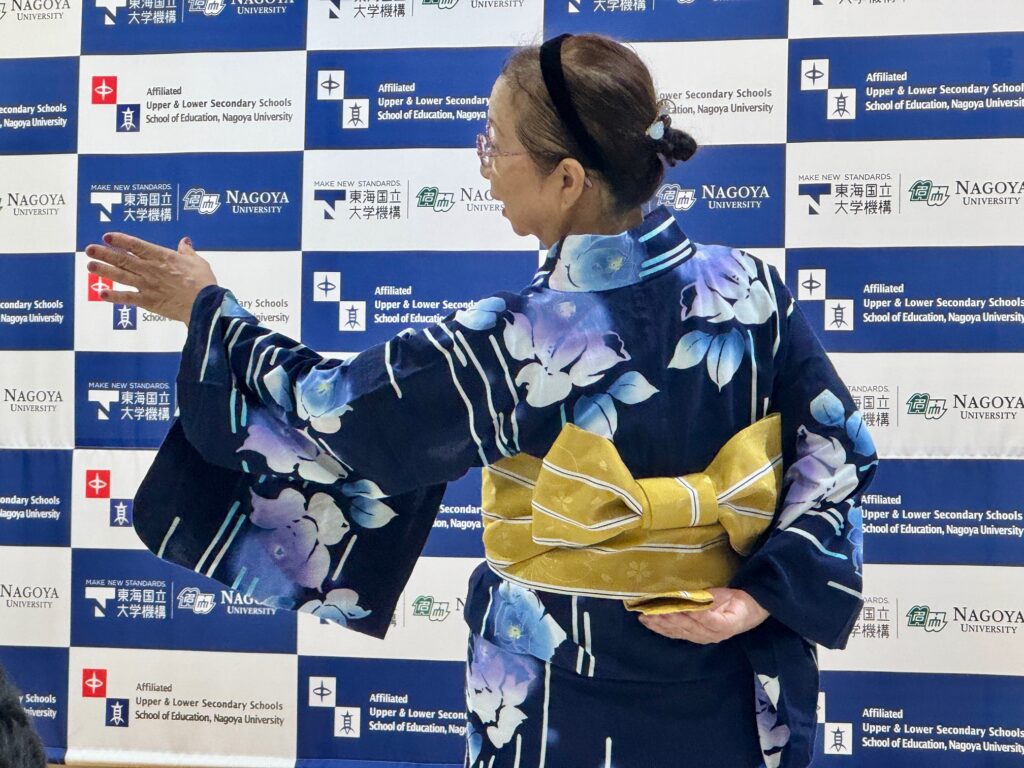
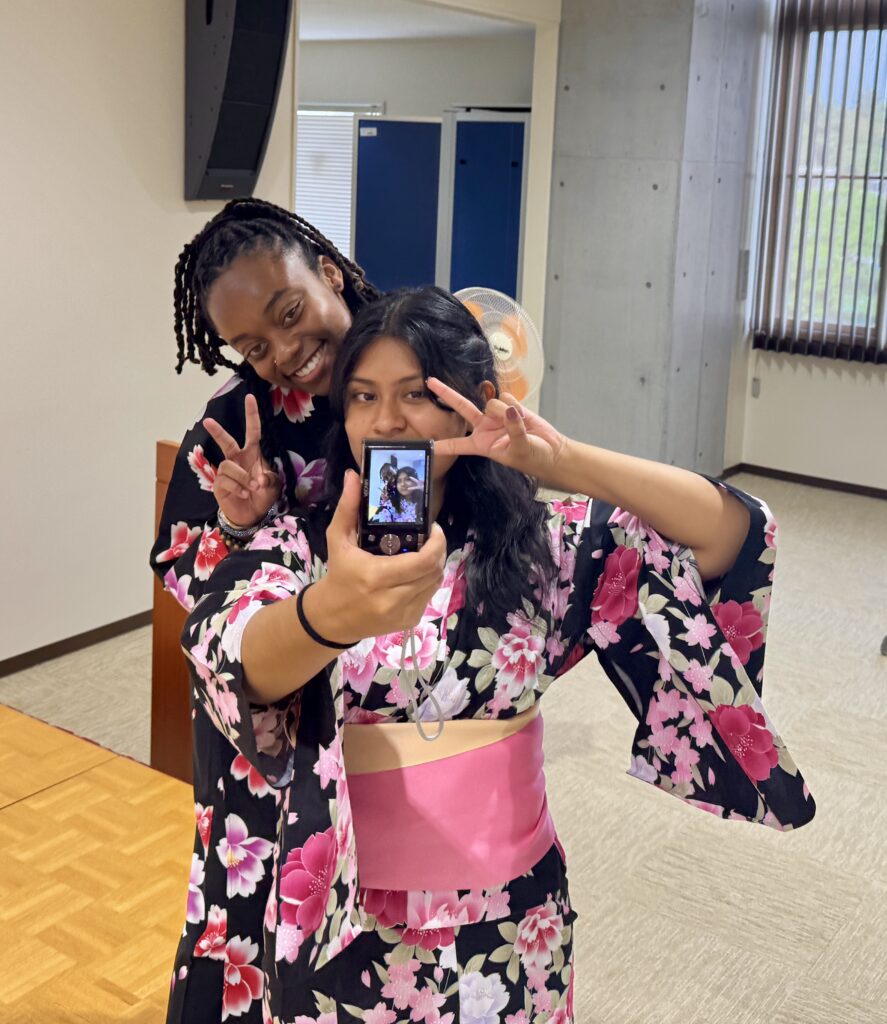

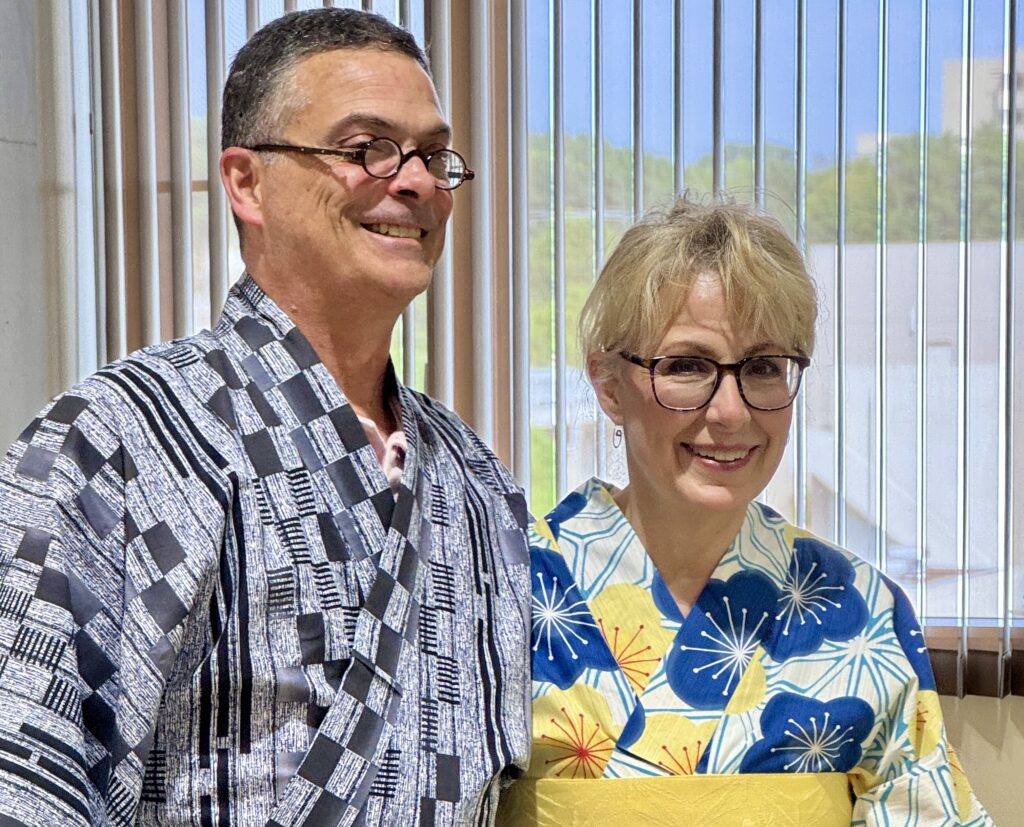
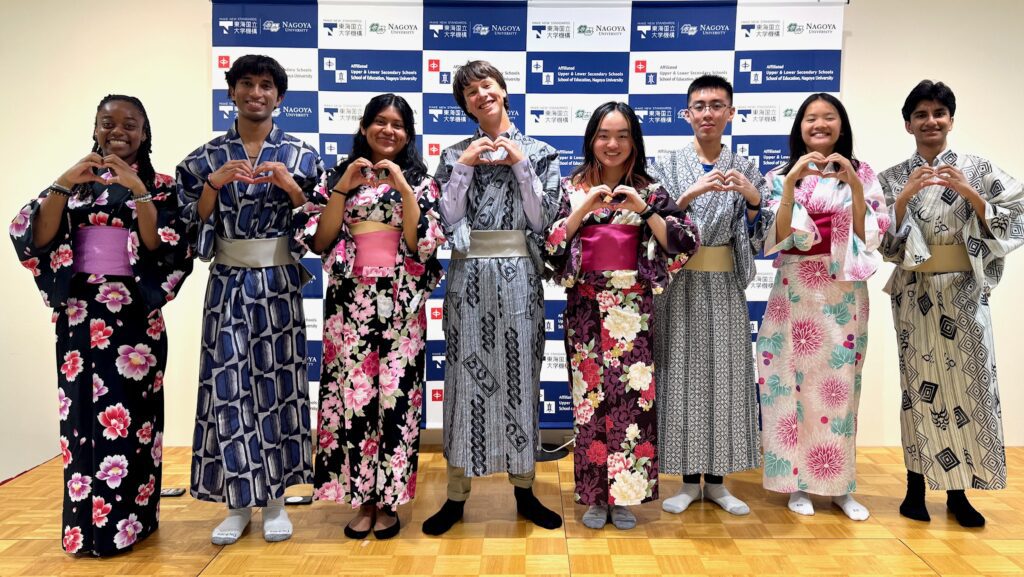
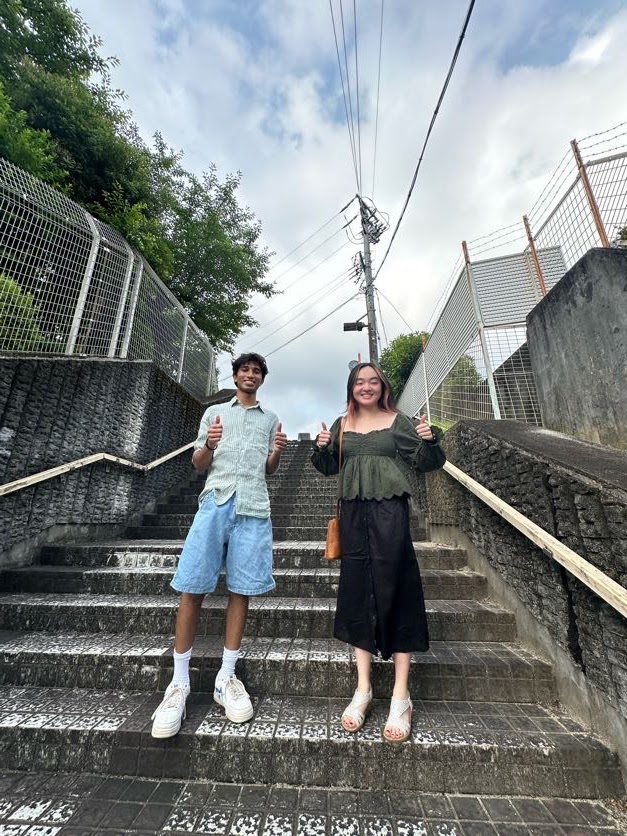

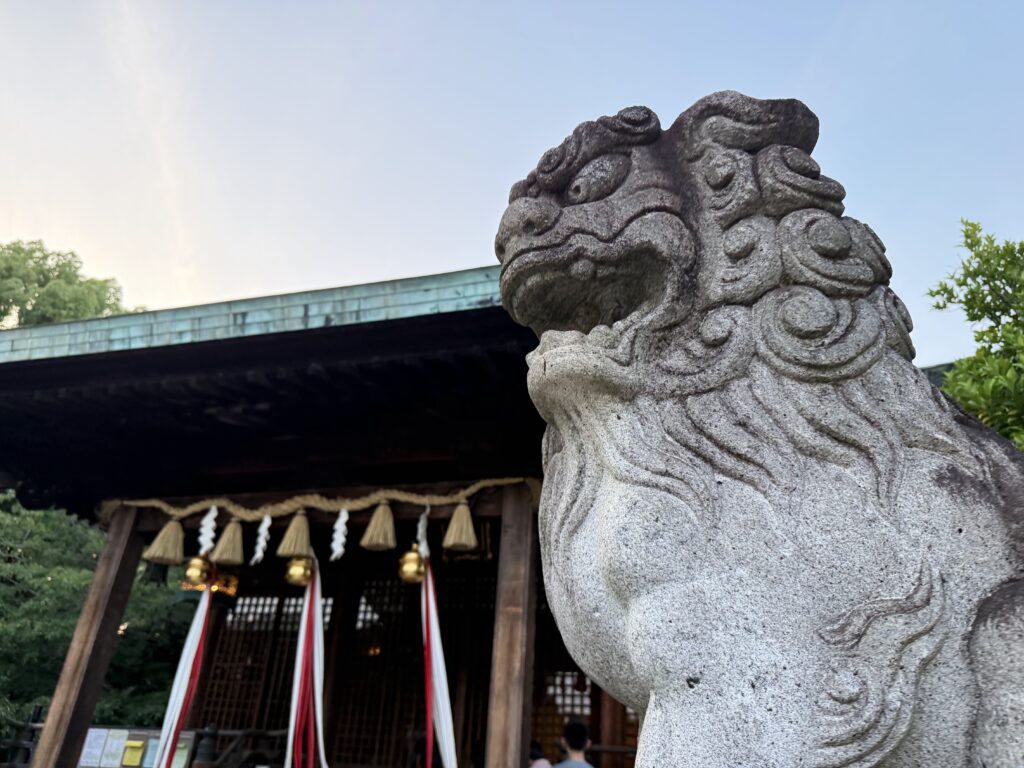
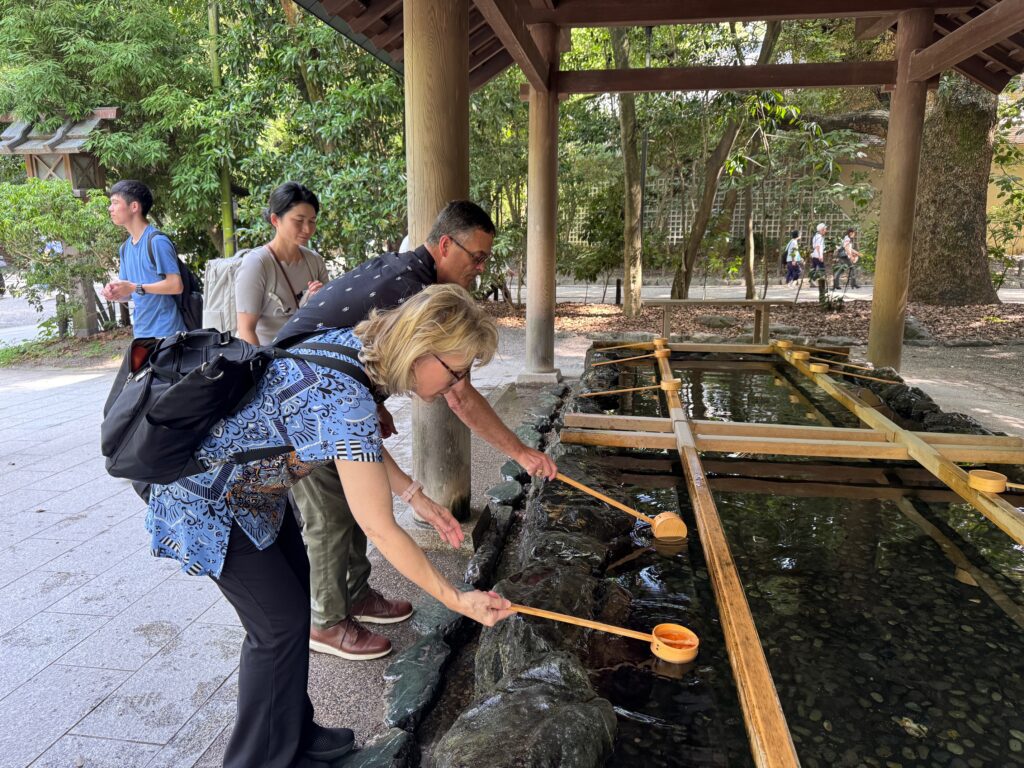
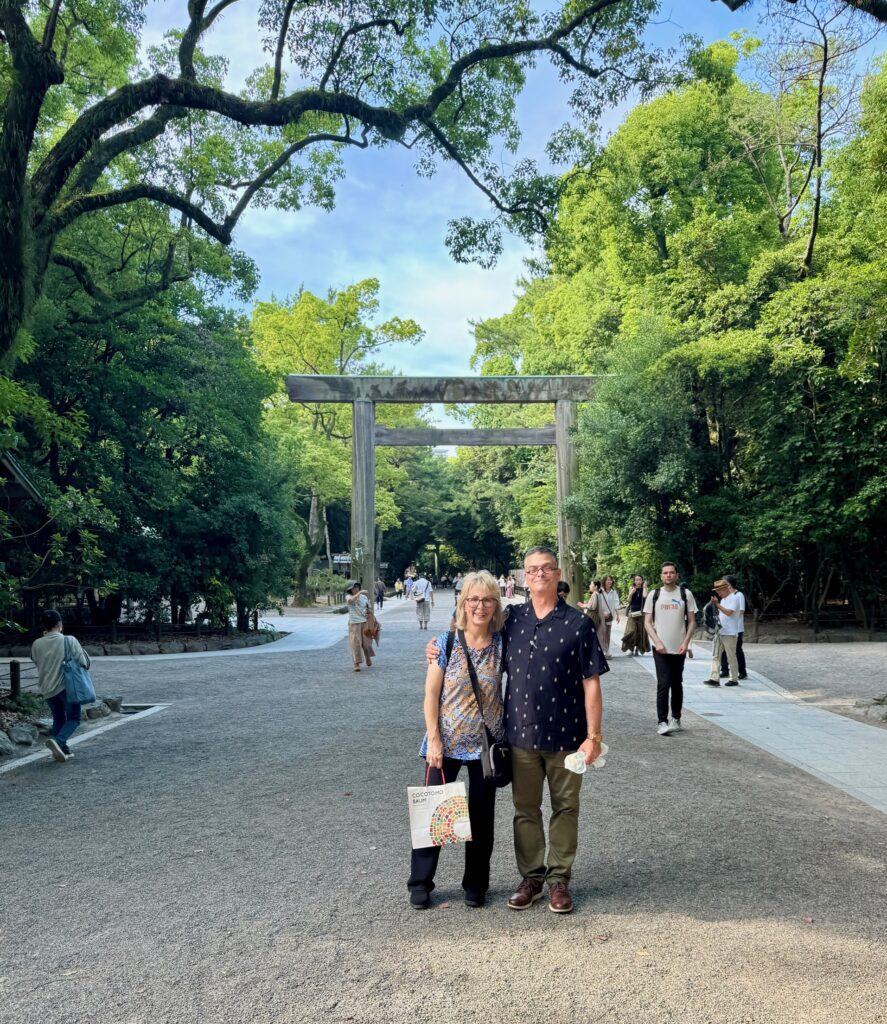
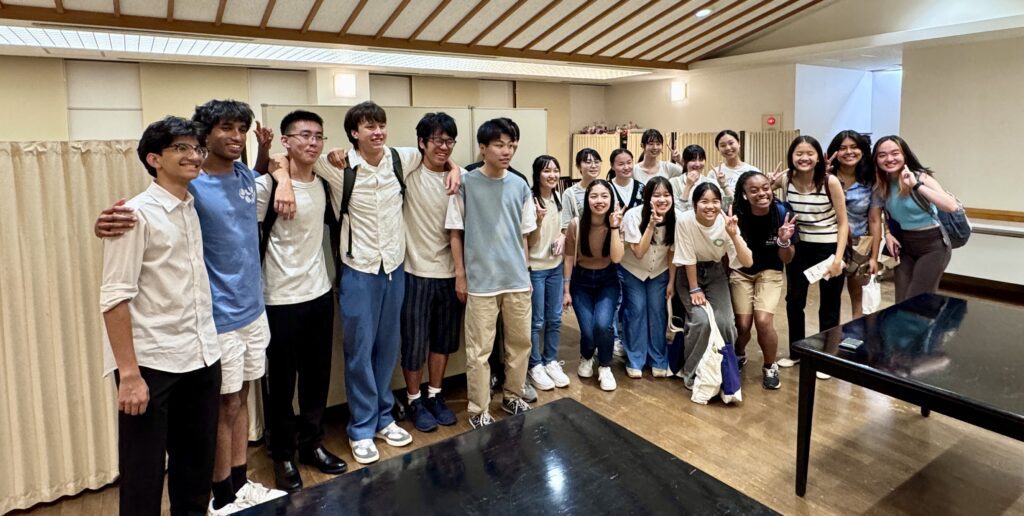
Recommended reading
